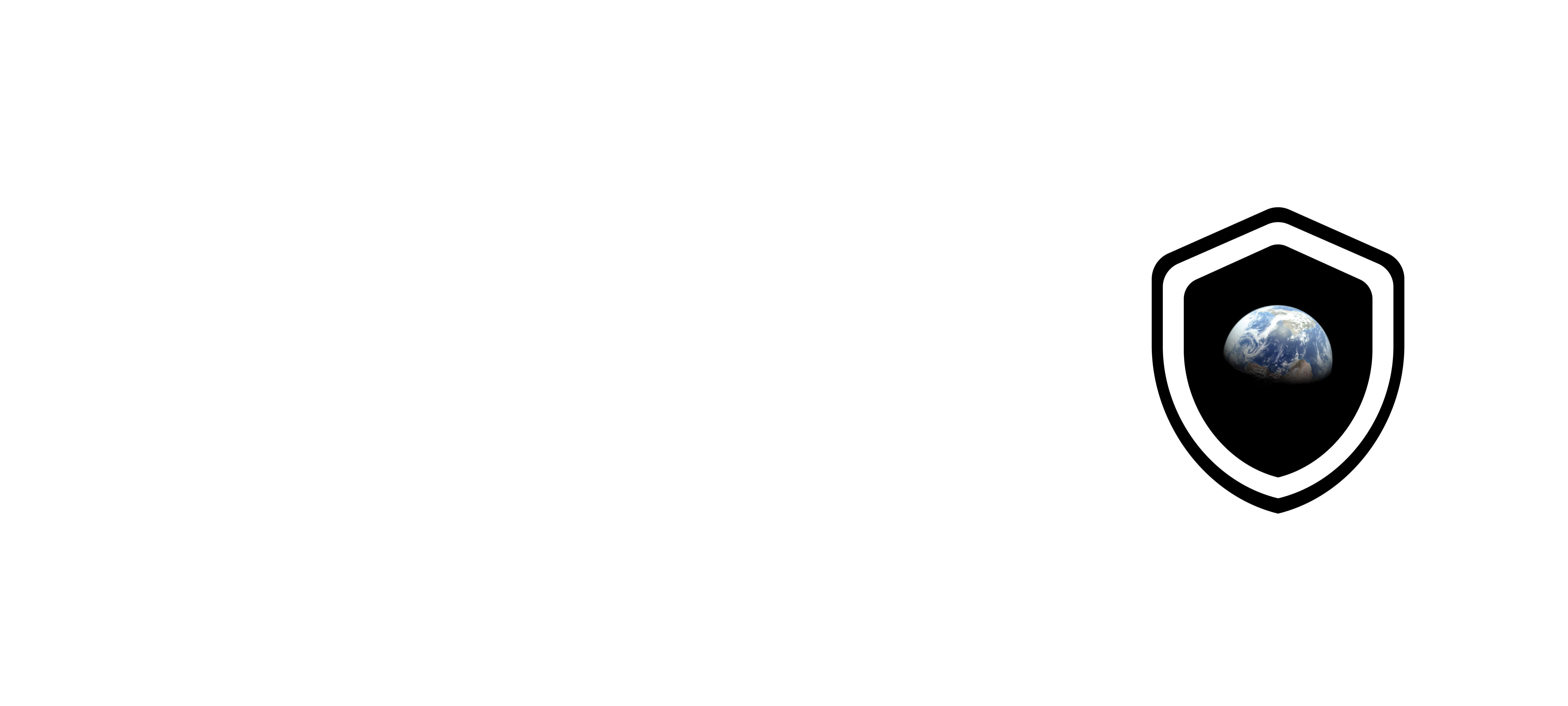Understanding EUDR: What Forest-Risk Commodity Companies Need to Know

The EU Deforestation Regulation (EUDR) Explained
The European Union's Deforestation Regulation represents one of the most significant supply chain transparency requirements to date, affecting any company importing forest-risk commodities into EU markets. Starting December 30, 2024, businesses must prove their products are deforestation-free and legally produced.
What Products Are Covered?
The EUDR covers seven key commodity categories:
- Cattle (beef and leather)
- Cocoa
- Coffee
- Palm oil
- Rubber
- Soy
- Wood and wood products
Companies importing these commodities—or products containing them—must provide geolocation data proving their supply chains are deforestation-free from December 31, 2020, onward.
The Documentation Challenge
Traditional approaches to EUDR compliance rely on expensive audit teams visiting suppliers annually, creating static snapshots that miss ongoing changes. This system leaves gaps where deforestation can occur between audit cycles.
EUDR requires continuous monitoring and verification—something annual audits simply cannot provide. Companies need real-time data about forest cover changes, satellite verification, and community-level reporting to demonstrate ongoing compliance.
Technology as the Solution
Modern compliance platforms combine satellite monitoring with community reporting to create continuous verification systems. Daily satellite imagery can detect forest cover changes, while local community networks provide ground-truth verification of what's happening on the ground.
This approach transforms EUDR compliance from a documentation burden into a competitive advantage, providing unprecedented supply chain visibility that helps companies make better sourcing decisions while meeting regulatory requirements.
Getting Started
Companies should begin by mapping their supply chains to identify forest-risk exposure, establishing monitoring systems for high-risk areas, and building relationships with suppliers who can provide the transparency EUDR requires.
The regulation isn't just about avoiding penalties—it's an opportunity to build more resilient, sustainable supply chains that protect both forests and business continuity.

